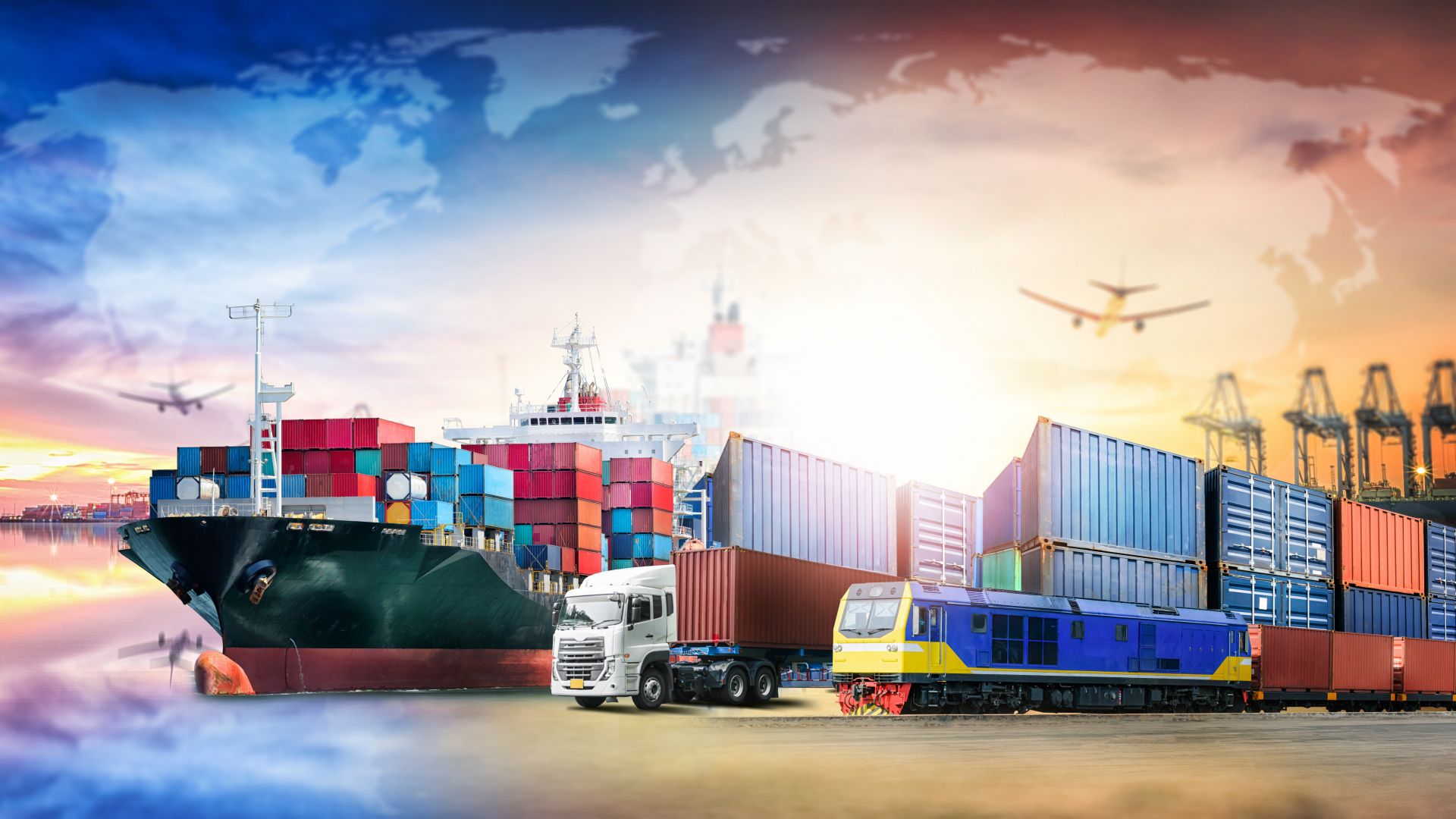Greener, safe, resilient and accessible to all, both from a geographic and socioeconomic perspective. This is the mandate approved - during the Strasbourg plenary - (under Rule 71) of the highly important revision of the TEN-T Regulation, the EU’s trans-European transport network. Thanks to the S&Ds’ efforts and work, the EU Parliament will now have a strong and progressive mandate to start negotiations with the Council to ensure more sustainable, accessible and modern passenger and freight transport across Europe - and improve both citizens’ mobility and the conditions for transport workers.
S&D spokesperson for the file, Isabel García Muñoz, said:
“This agreement shows our commitment to develop a coherent, efficient, multimodal, and high-quality transport infrastructure across the EU. A truly European transport network must be modern and promote green and fair mobility for all territories and citizens. The proposal just approved includes measures to eliminate the remaining bottlenecks and improve the fluidity of freight and passenger traffic, especially on cross-border routes.
“We need to guarantee that national transport policies are in line with European priorities so as to avoid delays in transport projects, especially in cross-border connections. If we want to make our companies more competitive and improve the mobility of Europeans, all member states must comply.
“Last, but not least, in this report we were able to give more relevance to urban mobility, cities will have to adopt sustainable urban mobility plans and become greener and more accessible for all.”
S&D coordinator in the transport committee, Petar Vitanov, added:
“The TEN-T network is the backbone of our cross-European transport system. For the S&D Group, it has been paramount to ensure that the transport systems of tomorrow are up to the present and future challenges we have ahead: climate change, economic crises and regional disparities.
“The agreement reached first in the TRAN committee, and now endorsed by the EU Parliament, will not only ensure more accessible and modern passenger and freight transport, but it will also improve both citizens’ mobility and the conditions for transport workers.”









